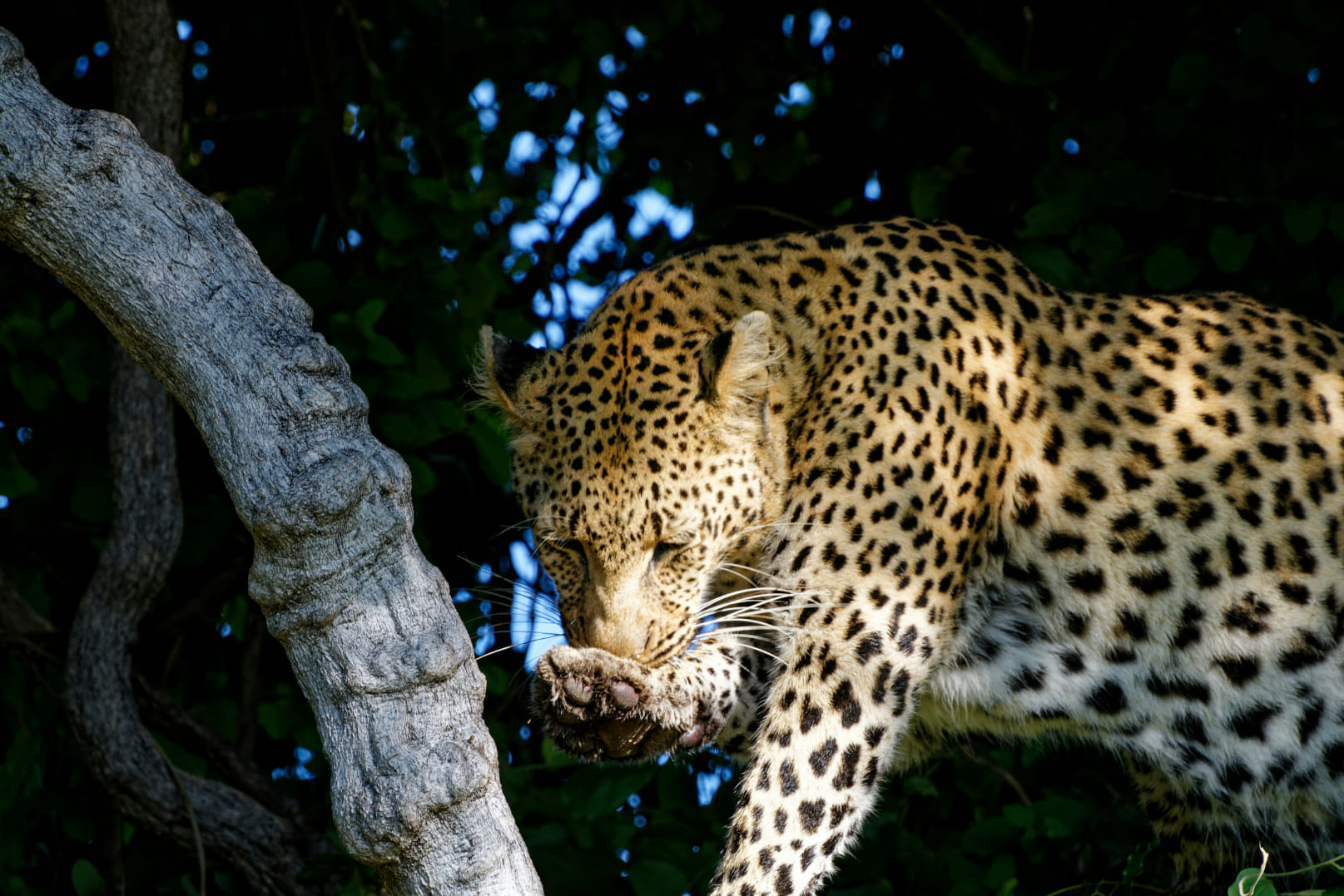The jaguar (Panthera onca), the third-largest big cat in the world, is a symbol of power and mystery in the rainforests of Central and South America. Known for its unique rosette-patterned coat, the jaguar is a masterful predator and an essential part of the ecosystems it inhabits.
Life in the Rainforest
Jaguars thrive in dense forests and along riverbanks, where their powerful bodies and swimming abilities make them adept hunters. Unlike most big cats, jaguars are excellent swimmers, often diving into water to catch fish, turtles, and even caimans. Their diet is diverse, including over 85 species, which helps maintain ecological balance.Stealth and Strength
A jaguar's hunting technique is distinct among big cats. It delivers a powerful bite directly to the skull of its prey, a method enabled by its strong jaw muscles. This ability allows the jaguar to take down much larger animals, including deer and tapirs. Its stealth and strength make it a top predator, and its presence is a sign of a healthy ecosystem.Cultural Significance
In many indigenous cultures, the jaguar is revered as a godlike figure. It symbolizes strength, courage, and the connection between humans and nature. Ancient civilizations like the Mayans and Aztecs often depicted jaguars in their art, viewing them as protectors of the spiritual and physical worlds.Today, jaguars face threats from habitat loss and poaching. Conservation efforts aim to protect these magnificent creatures, ensuring they continue to roam the rainforests as guardians of biodiversity.
